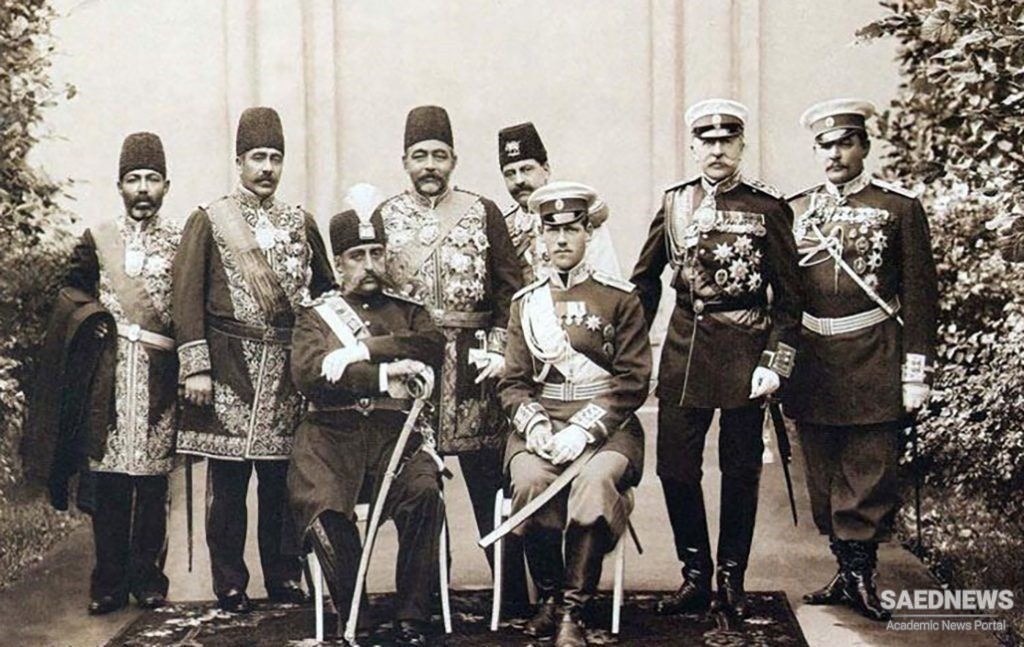The plan was to build the army around Gendarmerie units, supplement it with tribal forces and urban volunteers, and rely on the German military mission’s help with operations, supplies, and administration. By May 1915 the leaders of Iran’s Democratic Party, with German support, had gathered a mixed force of more than seven hundred tribal levies and irregular volunteers at Kermanshah in western Iran. This small army established control over the area between Kermanshah and Qasr- e Shirin on the border with Ottoman Iraq.
It then tried to expand eastward to Borujerd to link up with the Gendarmerie regiment there, which commanded approximately three thousand trained and equipped men dispersed in regional garrisons. Anticipating a Russian advance on Iraq to outflank the Caucasus Front and support the British expedition just then starting to move up the Tigris River toward Baghdad, the Germans guided the nationalists to control the Borujerd region to block the main routes through the mountain passes leading from central Iran. The Gendarmerie offi cers in Borujerd and their Swedish commander cooperated with the Germans and already had set up an intelligence network to support the democrats and pass along coded telegraphic communications between all Gendarmerie outposts.
Despite British and Russian pressure on the Iranian shah and prime minister that had led to the reshuffl ing of a series of cabinets, a German- leaning government was formed at this critical moment. The new prime minister, a democrat, held secret talks with the Germans, who promised to defend Iran’s territorial integrity and independence if Tehran participated in the confl ict against Great Britain and Russia. At roughly the same time, Count Kaunitz and Major DeMare, the Swedish commander of the Borujerd Gendarmerie, met with Nizam al- Saltanah, the governor of Luristan and Khuzestan, and obtained his agreement to become the commander in chief of the nationalist army.
The first German supplies and money were soon delivered to Kermanshah, and the governor began enlisting Lur tribesmen into his army. Mustering the Lurs and fostering a modicum of inter tribal cooperation enabled several hundred warriors from pro- German Bakhtiari tribes to travel unimpeded through Lur territory to Borujerd to join the nationalist forces there.


 A Nationalist Call to Arms
A Nationalist Call to Arms














































